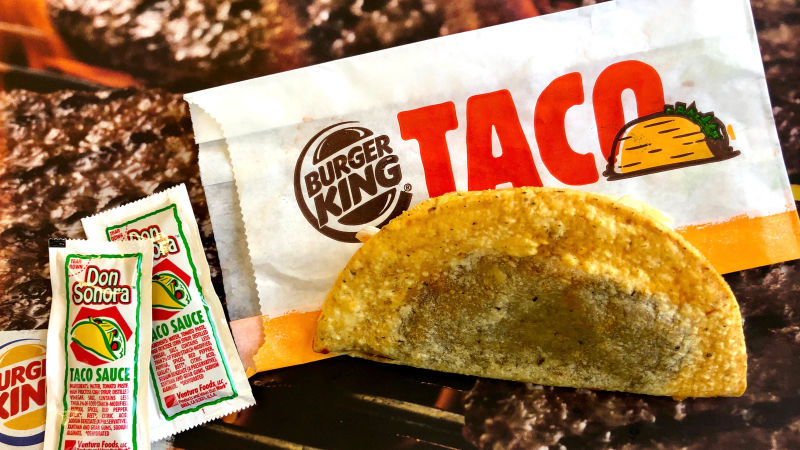It was a style that started out when India was a colony of England. They used a lot of hops as preservatives so that the beer would last the trip on sailing ships.
When I first started brewing in the 90(s) I believed that. Now, beer historians have pretty much debunked that as a marketing ploy.
For example: Posted: 2 August 2018. Original content [emoji767] Craig Hill 2018.:
“Supposedly strong, bitter ales of the type that would be called "India Pale Ale" were not new in the late eighteenth and nineteenth century Britain. And, what's more, according to the data provided especially by Ron Pattinson and Mitch Steele, the characteristics (OG, FG, Apparent Attenuation, ABV and Est IBU) of nineteenth century IPAs exhibit high variability and fall within the range of "Pale ales" or similar (such as October beer, Stock beer, Bitter Ale, Mild Ale, and Strong Ale) including those that were brewed for local consumption rather than export and were not called India Pale Ale. India Pale Ale did not represent a well-defined "style", let alone a beer designed specifically to survive the journey to India and then to appeal to British palates. Which isn't to deny that "India Pale Ale" existed or that, in general, IPAs tended to be stronger and hoppier/bitter (relatively high ABVs and IBUs) than other contemporary non-Indian pale ales as Pete Brown has argued, it's just that the India(n) prefix was more likely to have been about marketing in an increasingly competitive environment than the beer itself*.
It's not completely surprising therefore that, as the Foods of England Project and Martyn Cornell's research has shown, the first recorded use of the term "India Pale Ale" was not in the manifests of East India Company clippers nor in the Calcutta Gazette as we might expect, but in a newspaper advertisement in the Sydney Gazette and New South Wales Advertiser for 27 August 1829.
*[Apologies for the footnote] Although there is absolutely no evidence for this that I can find, it's possible that the "India" in "IPA" might have come from the late Georgian and Victorian British obsession with India and things Raj-ian, from architecture to literature, textiles and wallpaper and to food and drink. Otherwise, why not just "Export" Pale Ale or "British Imperial" Pale Ale. At the same time as the English apparently discovered IPA, they also discovered curry: the first curry recipe was published in 1747; the first advertisement for curry powder appeared in 1784 and in 1810 Sake Dean Mahomed opened the first Indian restaurant in Britain. So it's tempting to suggest that this was the beginning of that great British culinary tradition, beer and curry... but that's probably a bit too much to digest. Nevertheless, "India" might well have been prefixed to "Pale Ale" just because exotic India was fashionable.
Or maybe it has something to do with advantageous taxing of goods being exported to the Jewel in the Imperial Crown...? Might be worth checking out]”








